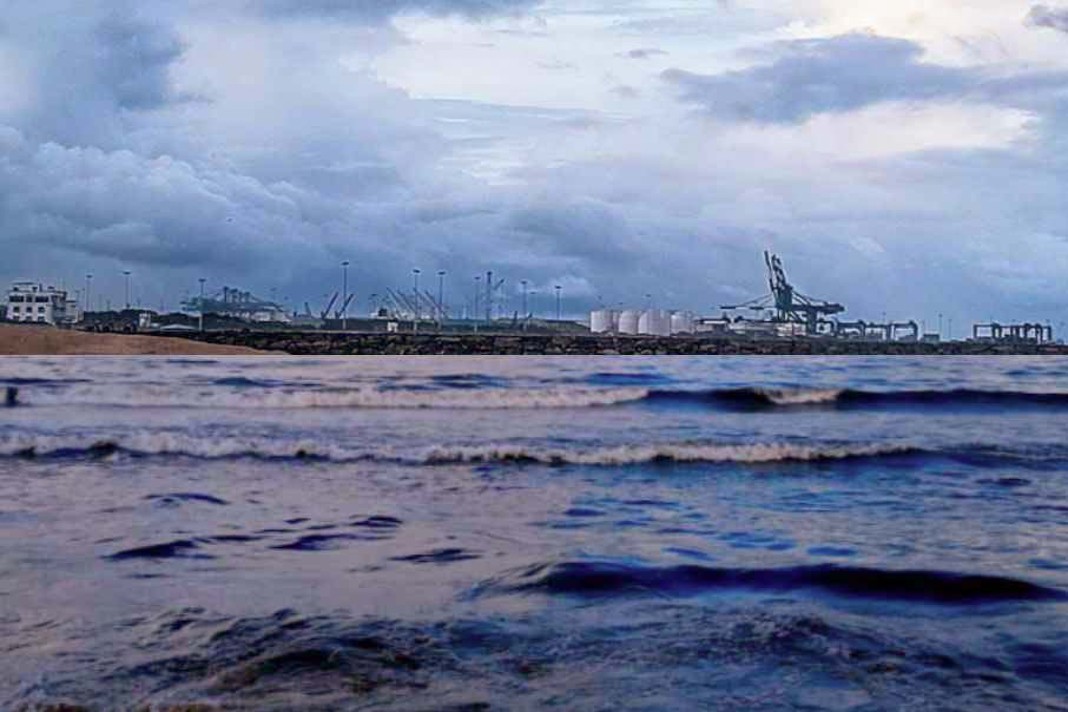 The shipping industry faces significant challenges when transporting cargoes prone to liquefaction, such as chromite ore. A recent incident involving a vessel loading chromite ore in Durban highlights the importance of accurate cargo classification and the potential risks associated with moisture content.
The shipping industry faces significant challenges when transporting cargoes prone to liquefaction, such as chromite ore. A recent incident involving a vessel loading chromite ore in Durban highlights the importance of accurate cargo classification and the potential risks associated with moisture content.
Cargo Misclassification and Liquefaction Risks
- Cargo Information Discrepancies: The vessel loaded chromite ore declared as Group C but showed signs of liquefaction at sea. An updated declaration revealed it as “Chromite Ore (metallurgical grade concentrate)” with necessary moisture content (MC) and transportable moisture limit (TML) data, yet still classified as Group C. This led to vessel detention for mismatched cargo information and shifted cargo rendering it unseaworthy.
- Incorrect IMSBC Group: Another case revealed that chromite ore, loaded as Group C, exhibited Group A properties upon arrival in Maputo, with water accumulation and liquefied cargo indicating the need for accurate classification to avoid such hazardous situations.
Challenges in Cargo Classification and Handling
- Complexity of Chromite Ore Properties: Chromite ore concentrates, particularly chrome concentrates, absorb moisture differently compared to other concentrates. Heavy rainfall can significantly increase moisture content, causing liquefaction risks. Proper testing and representative sampling, considering the specific drainage properties, are crucial but often neglected.
- Loading Multiple Cargoes: Mixing different mineral cargoes in the same hold increases the risk of cross-contamination and makes proper trimming challenging, further complicating safe transport.
Did you subscribe to our daily Newsletter?
It’s Free! Click here to Subscribe
Source: gard


















